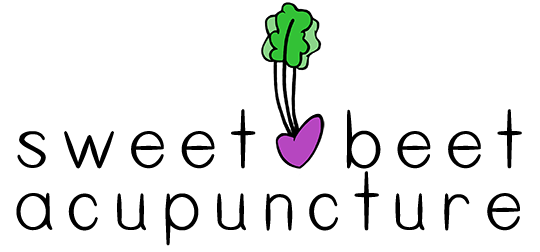Women are born with ovaries full of all the eggs they'll ever have, unlike men who produce sperm non-stop for most of their lives. It's been the popular belief up until recently that women's eggs age as they do, and somewhere between the 35 and 45 they lose much of their viability. But, much to our surprise, recent research has actually proven much of that to be wrong!
Chromosomal abnormalities and poor egg quality are no longer a pre-determined diagnosis for women of "advanced maternal age." We know now that there is much to be done to improve how our hormones and ovaries function, and therefore produce healthy eggs, even over the age of 40!
Read More





